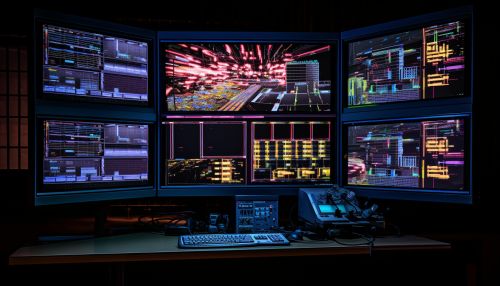Process (computing)
Introduction
In the realm of computing, a process is the execution of a computer program to carry out a set of operations on a set of data. The process is the fundamental unit of work in a computer system. Every process has its own memory space and system resources. Processes are managed by the operating system, which handles process creation, scheduling, and termination.
Process States
A process in a computer system can be in one of several states. These states include new, ready, running, waiting, and terminated. The state of a process is managed by the process scheduler, which is part of the operating system.


Process Control Block
Each process is represented in the operating system by a process control block (PCB). The PCB contains important information about the process, including its current state, its program counter, stack pointer, and memory allocation details. The PCB is created and managed by the operating system.
Process Scheduling
Process scheduling is the method by which processes are assigned to the CPU for execution by the operating system. There are several different scheduling algorithms, including first-come-first-served (FCFS), shortest job next (SJN), and round-robin (RR). The choice of scheduling algorithm can have a significant impact on system performance.
Inter-Process Communication
Inter-process communication (IPC) is a mechanism that allows processes to communicate and synchronize their actions. IPC can take several forms, including pipes, message queues, semaphores, and shared memory.
Process Synchronization
Process synchronization is the coordination of the activities of multiple processes. Synchronization is necessary to prevent race conditions and other concurrency-related problems. The operating system provides mechanisms for process synchronization, including locks, semaphores, and condition variables.
Process Creation
Processes can be created by the operating system in response to a system call or as a result of the execution of a program. The process of creating a new process is known as process creation. The new process is a copy of the parent process, but it has its own process control block and its own memory space.
Process Termination
A process can be terminated by the operating system in response to a system call or as a result of the completion of its execution. The process of terminating a process is known as process termination. When a process is terminated, its process control block is deleted and its memory space is reclaimed by the operating system.
